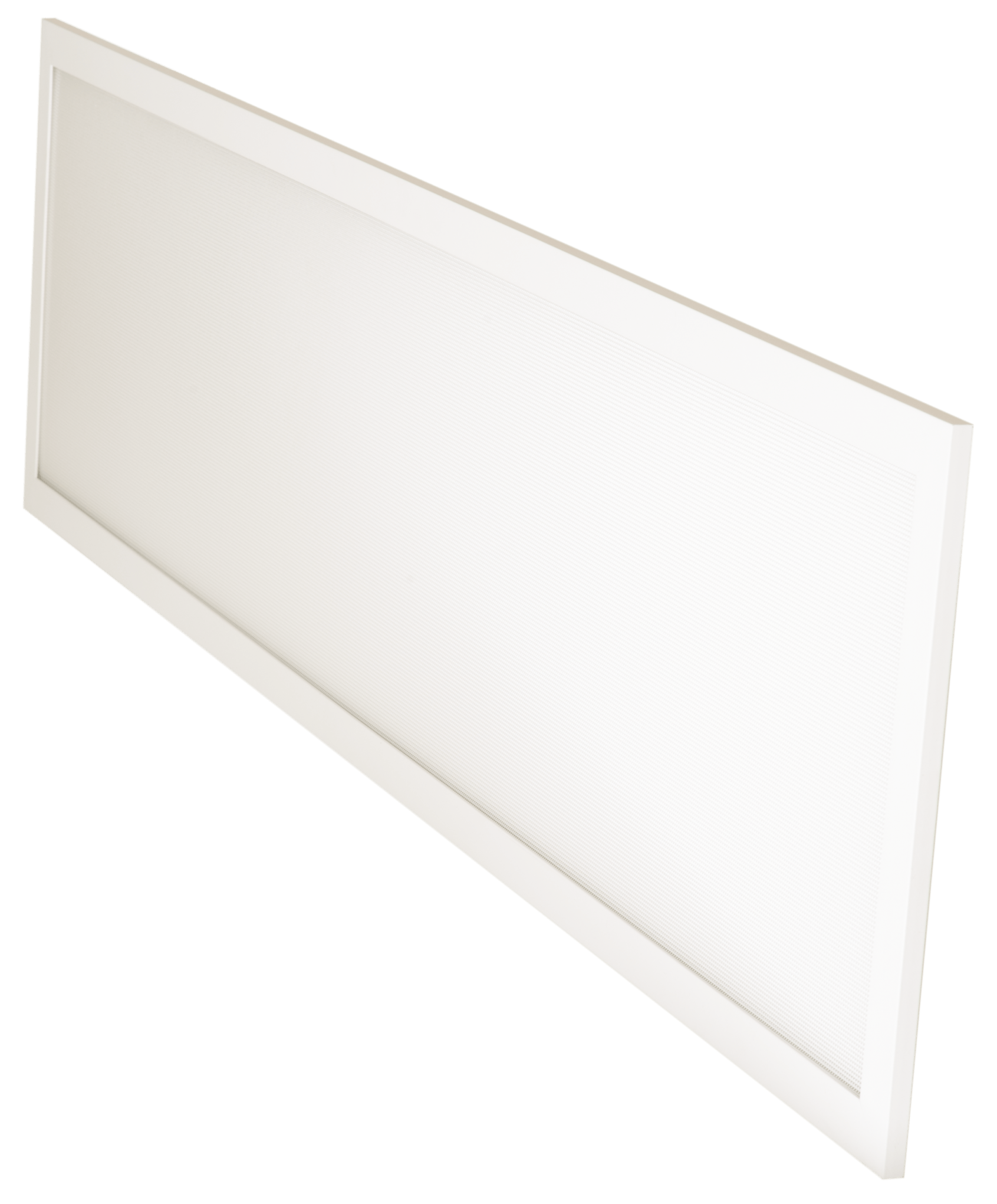

A 5 metre roll generally has around 300 SMD LEDs, which can be cut every 3 LEDs (are marked clearly), cut only where it says “Cut here” else you’ll end up ruining that part of the strip. Step 4:- Cut LED strip using scissors as per the desired length. Mark it clearly to avoid any mix-up later Step 3:- Identify and mark where you would want to paste the LED Strips, It should be in this pattern – 1 cool white strip, then warm white followed by cool white then warm white, and so on. Step 2:- Use cutter to cut over those marked lines If you are buying them from a vendor who does custom cuts, I would recommend to get it done at the time of purchase (hence this step can be skipped) Step 1:- Use pencil / Pen along with scale to mark the desired size (X by Y) on your cardboard. I used an old one which I had, and had a capacity of 450W, which could give me around 18A on 12v line (around 216W on 12v line) *If you have a working SMPS lying around from your old Desktop you can use that (or you can buy one from your local computer hardware store), I would recommend it over the LED driver, which has limited power output. Connectors (would vary on power source connector type, and can be customized as per need).Heat Sink (if LED Array), I used an old CPU heatsink (with fan).Cardboard, to stick LED strips should be thick.PWM (Pulse Width Modulation) controller, to control brightness.Two SMD LED 5 metre strip – One 5M cool white and One 5M warm white (should be the one with self adhesive glue) OR SMD LED Array (can be assembled or procured online, in most case Heat Sink would be needed).Extra wire to connect components (enough to rewire the LED strips and other connections).You can always get them from a nearby store which sells these / or you can always order them online (though you’ll get a better deal from your local store) Few electronic components are needed over here as well. It stimulates your creative side and you feel satisfied to have completed a project by yourself.īefore we continue any further, there are few basic skills expected over here, basic skills with electronics, soldering and availability of few basic items, such as soldering iron, soldering wire, wire clippers, etc. A DIY project is cost-effective and you can always fix any issues on it since you did it by yourself in the first place. This video is shared for demonstration purposes only.If you have read my previous article “ DIY Lightbox“, you would know why a DIY project is a much better choice over buying commercial kits / products from stores. Tamron 28-75mm F2.8 RXD A036SF Lens for Sony-FE : List of camera and lighting equipment I use: Provide continual and dependable support through Patreon: Optional square panels available for a donation to the channel:



The WLED firmware can be downloaded from here:ģD printed parts, wiring diagrams, FAQ etc can be found here: These are some of my favourite tools I use and can recommend: Optional Square panels to enhance your project: ■ Some 20AWG wire (0.8128mm in diameter): ■ Barrel connector suitable for at least 5amps ■ Acrylic sheets (1 A4 sheet = 3 triangles): ■ 12v WS2811 LED’s (A 5 meter roll is enough for 12 panels): List of items used in this project and where to find them:
#DIY LED LIGHT PANEL HOW TO#
I’ll show you step by step how to make your own. They have built in Wifi control which is driven by the feature rich WLED firmware running on a Wemos D1 Mini. They can be arranged in any pattern to suit any space and thanks to the low cost of only around £3.40 a panel it won’t break the bank. Meet Geoleaf, my low cost and 3D printable version of Nanoleaf lighting panels. How to build a very smart and low cost geometric lighting system.


 0 kommentar(er)
0 kommentar(er)
